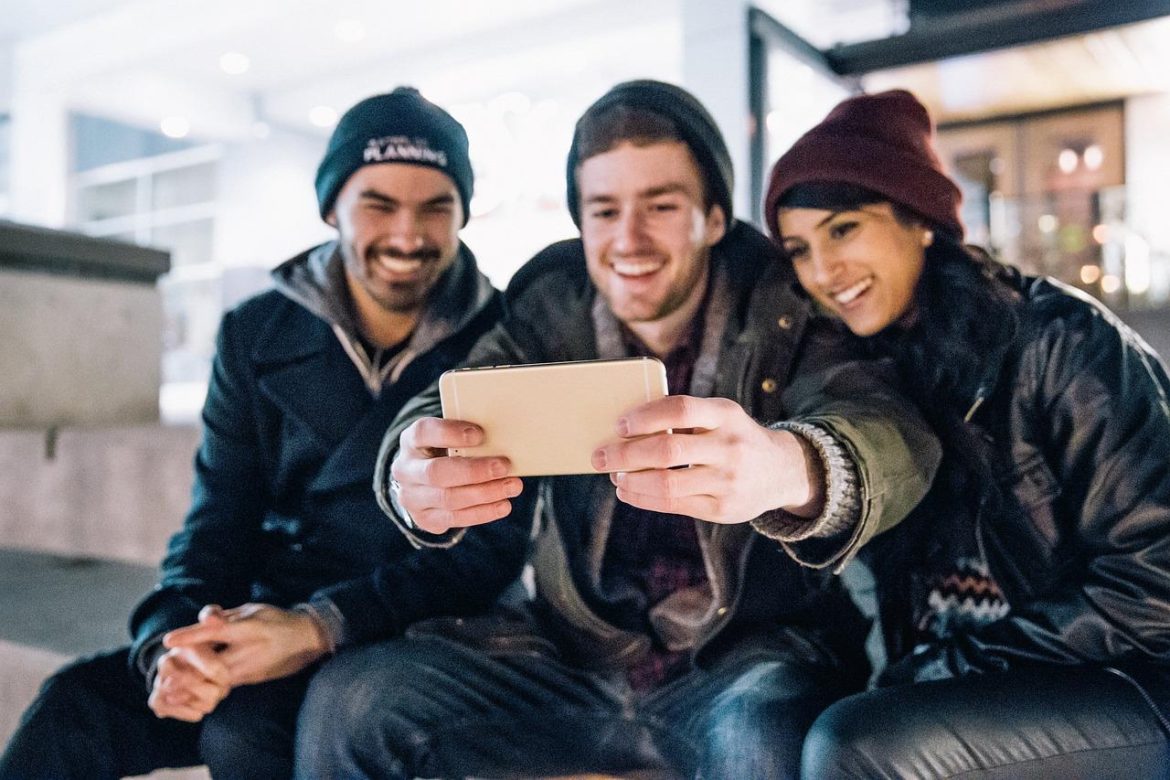The growing number of smartphones and social media platforms has led to the emergence of a new cultural phenomenon often referred to as the “selfie.” Self-portraiture, in which people take pictures of themselves to express themselves, talk about their lives, and connect with others, is a technique that has recently gained widespread acceptance.
ExpressVPN highlights that the drive to take selfies transcends age barriers and shows no signs of fading at any time in the near future. Every generation, beginning with Generation Z and going all the way up to the Baby Boomers, has embraced the habit of taking self-portraits to express themselves and connect with others in this age of technology.
The fact that each generation has a unique perspective on interacting with technology and social media raises an interesting question: which age group is the most likely to post a selfie online? We will examine the norms and trends of different generations throughout this article.
Generation Z
Generation Z members, often referred to as “digital natives,” came of age at a time when social media and cell phones were already common. It is widely accepted that they are the most tech-savvy individuals and the most active users of multiple social media sites. Gen Z individuals are extremely connected with online networks and use selfies to curate their digital identities. They are the ones who take the most selfies.
Millennials
The millennials were the first to use social media and were there to watch its explosive expansion and evolution. They are not unfamiliar with the practice of taking selfies and have been a major contributor to the rise in popularity of this trend. Selfies are a common way for millennials to capture their experiences, convey who they are as individuals, and interact with others in their generation. While they may not snap as many selfies as members of Generation Z, Millennials nonetheless have a strong presence on social media sites.
Generation X
As the generation that acts as a bridge between older and younger generations, Generation X has also fully embraced the culture of taking selfies. Even though they don’t snap as many selfies as millennials or Gen Z, they are quite engaged on social media. Selfies are a common method for members of Generation X to document and communicate life’s milestones, experiences, and defining events. Their need to maintain connections with their family, friends, and coworkers drives their love for taking selfies.
Baby Boomers
Compared to younger generations, members of the Baby Boomer generation have embraced social media and cell phones to a lesser extent. They may not snap as many selfies as others, but they nonetheless participate in the habit. Baby Boomers often use selfies to document key life events, connect with loved ones, and share experiences. Instead of ongoing self-expression, most of their selfies are focused on capturing fleeting moments of significant personal value.
Traditionalists/Silent Generation:
People born before the widespread adoption of technology are considered members of the Traditionalist or Silent Generation. Members of this generation have been slower to embrace selfies and social networking platforms. While some members of this age are early adopters of new technology, taking selfies is not particularly common among them. On the other hand, those who take part in the selfie culture often do so to communicate with their families and record important moments in their lives.
Conclusion
Gen Z and millennials often rank first and second, respectively, when asked which generation snaps the most selfies. Selfies have become an integral part of these generations’ everyday life as a way of expression and digital connection as they have grown up in the age of smartphones and social media. Selfie and social media use may be more or less popular with different generations, and people may have different tastes. Selfies have become a worldwide phenomenon, a common form of visual communication across all demographics and all periods. It will be interesting to see how future generations participate in the selfie culture and define the landscape of self-expression in the digital arena as technology develops.

